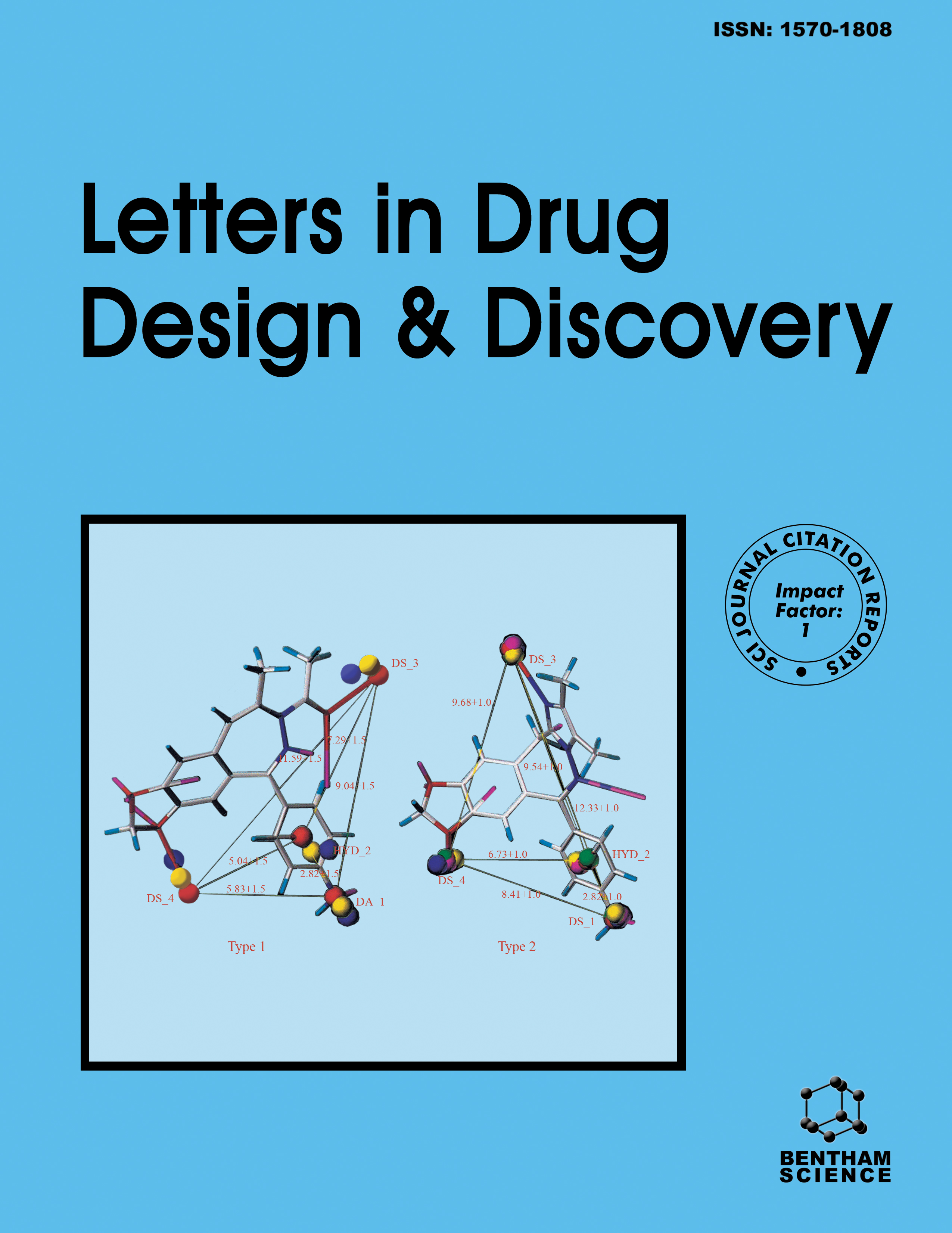
Full text loading...
We use cookies to track usage and preferences.I Understand
HIV-1, the primary causative agent of AIDS, remains a formidable and lethal virus globally, claiming the lives of millions over the past four decades since its discovery. Recent research has underscored the potential of HIV-1 protease as a therapeutic target, offering a promising strategy for inhibiting viral replication within the body.
In light of this, we have curated an extensive database comprising 193 derivatives of Darunavir (DRV), an HIV-1 protease inhibitor. Simultaneously, we have developed a comprehensive set of 3D-QSAR models to elucidate the structure-activity relationships of these 193 derivative inhibitors. Employing various computational simulation techniques, including Comparative Molecular Field Analysis (CoMFA), Comparative Similarity Indices Analysis (CoMSIA), and molecular docking, we have unveiled the fundamental three-dimensional structural features influencing their biological activity.
Results indicate that the optimal CoMSIA model (Q2 = 0.500, R2ncv = 0.882, R2pred = 0.797) surpasses other models, demonstrating superior predictive capability. Furthermore, docking results suggest that DRV derivatives maintain stable conformations within the binding cavity due to synergistic interactions, such as hydrogen bonding and non-bonded interactions. Drawing insights from the best computational models, we have designed five DRV derivatives with significant HIV-1 protease inhibitory activity through local modification, with theoretical calculations indicating favorable pharmacokinetic properties and synthetic feasibility for the newly proposed molecules.
It is hoped that the findings and conclusions obtained herein may furnish theoretical underpinning and directional guidance for the design, optimization, and experimental synthesis of DRV derivative compounds for pharmaceutical purposes.

Article metrics loading...

Full text loading...
References


Data & Media loading...
Supplements

